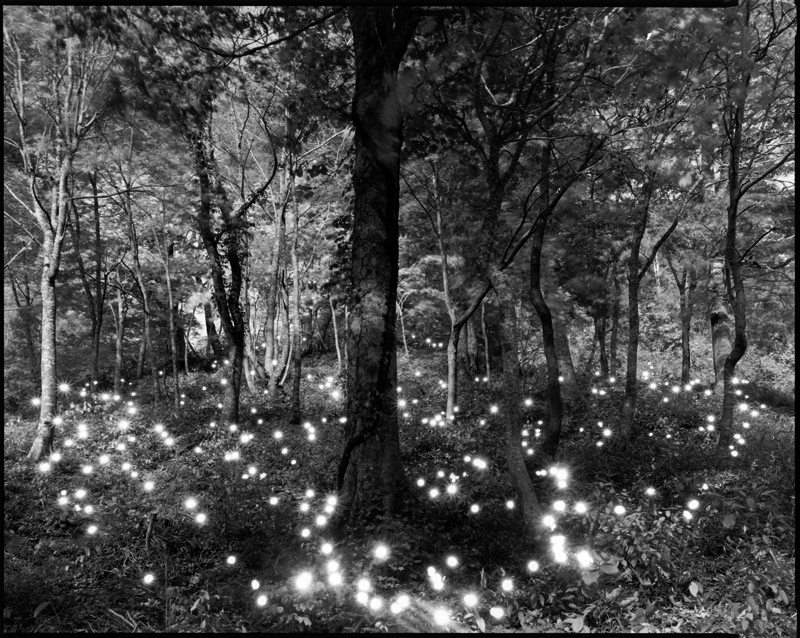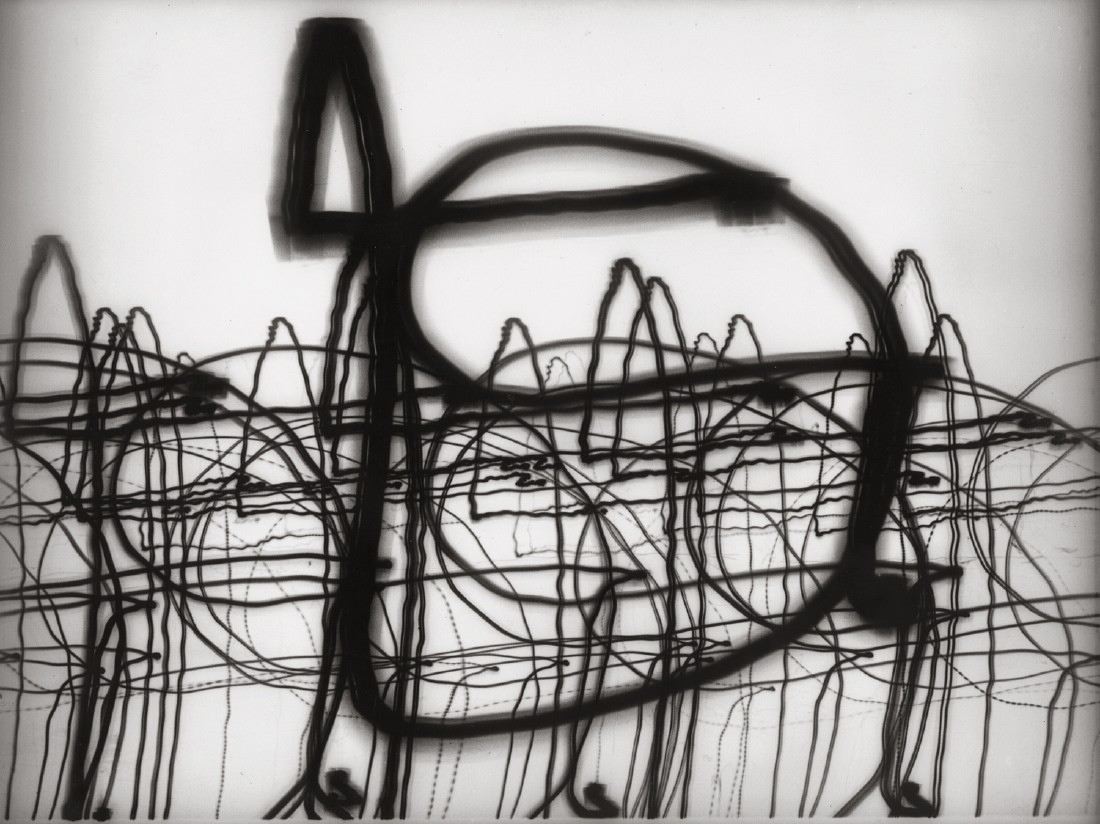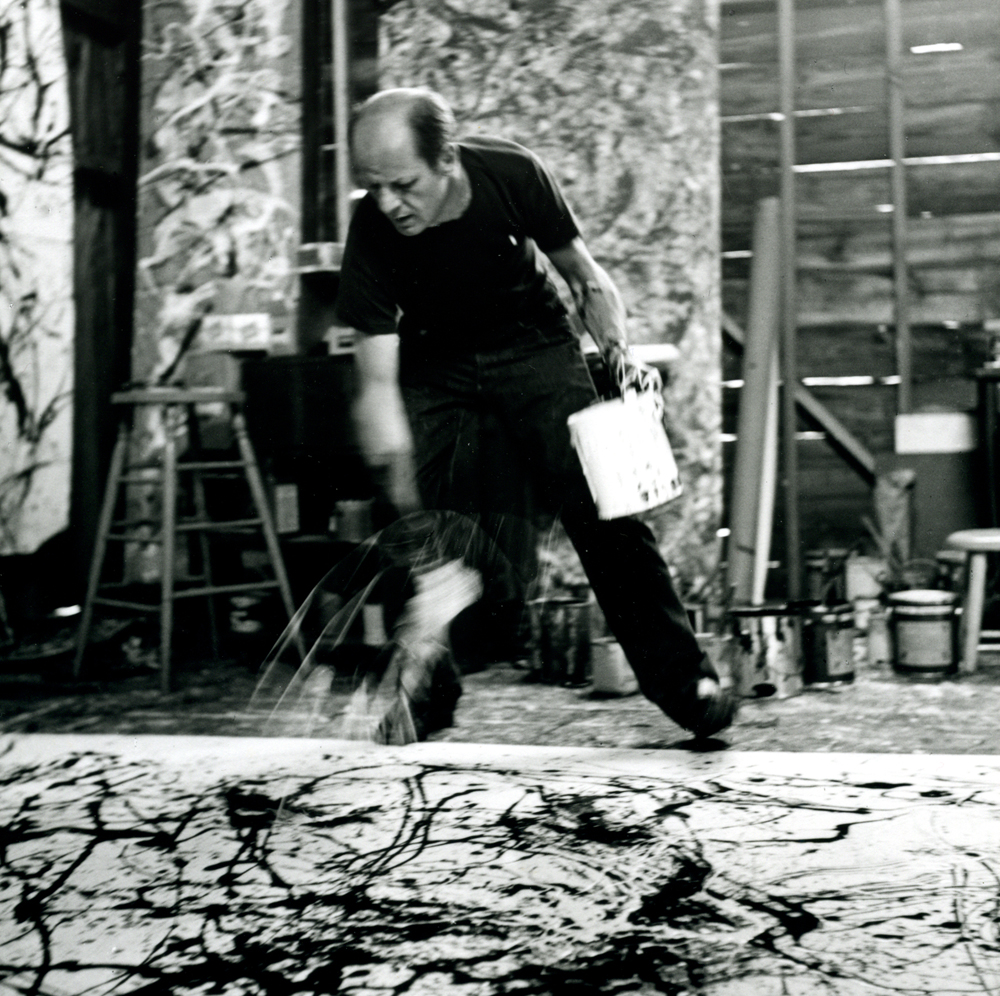The two Key elements of photography are LIGHT and TIME. You have to control both when making any photographic image – a Photogram, A Pinhole image or a normal photograph.
This is an image from the 1860s when photographic exposure times had been reduced to a few seconds. However, this still meant that a person who moved suddenly while the photograph was being taken would become blurred and indistinct. A figure who passed rapidly in front of the camera would become almost invisible, leaving only a feint ghostly shape on the negative.
In this above image the figures move in front of the Regent Foundry Works in North Road (c1862). Due to the long exposure time, the young couple on the left are blurred and the two men walking at a faster pace in the centre of the picture appear as ghostly, almost invisible shapes.
This is an image from the 1860s when photographic exposure times had been reduced to a few seconds. However, this still meant that a person who moved suddenly while the photograph was being taken would become blurred and indistinct. A figure who passed rapidly in front of the camera would become almost invisible, leaving only a feint ghostly shape on the negative.
In this above image the figures move in front of the Regent Foundry Works in North Road (c1862). Due to the long exposure time, the young couple on the left are blurred and the two men walking at a faster pace in the centre of the picture appear as ghostly, almost invisible shapes.
Above is an example of an old SLR Shutter speed settings. Simply turn to the speed you want.
|
These are the shutter speeds you will find on a camera.
They refer to fractions of a second – 1/1000 s means one thousandth of a second.
All the ones highlighted in red are slow shutter speeds and will need a Tripod.
A Pinhole image has to be a Slow Shutter Speed image. By revealing the pinhole light starts to pour into the camera - 4 seconds, 12 seconds, 30 seconds etc. We see much quicker than this – Our eyes seem to see things as they happen. However, in a slow shutter speed or pinhole image people blur if they move, or appear more than once – as the light reflected is distorted and marks the light sensitive paper.This image above is by Charlie Cho and his first try at Solargraphy (The idea is to capture the motion of the sun over the course of a long period). He used a pinhole camera crafted out of an empty 35mm film canister (black), tinfoil, electric tape, and a sheet of Ilford photographic paper. With an Exposure of about 12 hours, from 5AM EST to 4:30PM. We see the Sun moving through the sky.
These images are by the German Photographer Michael Wesely. He takes extremely slow shutter speed photographs – up to 3 years. Often it depends on the subject – how long it takes a building to be build, a trip on a ferry or how long it takes flowers to die. The shutter stays open to record the event and creates strange, atmospheric and ghostly images.
This image is of Picasso taking ‘a line for a walk’ (see the work of Paul Klee). The image is by the photographer Gjon Mili. The Camera was placed on Tripod to keep it steady and set to the B ‘Bulb’ setting (On this setting the shutter will stay open for as long as you press the shutter down). A Cable release was probably used so the photographer’s finger didn’t shake the camera.
Picasso had a small torch that he used to draw his trade mark Minotaur/Bull figure – a reference to the bull fighters of Spain. As the light from the torch moved it projected through the lens and onto the negative, accumulating on the film – creating lines only visible by the camera.
If you have an ipod/iphone try Light Painting to create a photographic light painting. While standard flashlights and LED lights work fine, this app offers additional light features otherwise hard to replicate. Use these tips and tricks to get started.


Recognized for his playful interaction of light, Tokihiro Sato uses a large-format camera for exposures that last from one to three hours, while he moves through the space creating points of light or illuminated lines drawn with flashlights or flashes made by reflecting mirrors. The results are detailed photographs interrupted by patterns of light. And because of the long exposures, Sato’s movements across the scene remain undetectable by the camera; the photograph captures his presence but not his image
Futurism was an early twentieth century movement that was fascinated by the modern world of machines, movement and sound. They used a variety of media to create dynamic images that had a kaleidoscopic quality portraying movement. In many ways it developed the broken and fractured images of cubism (that was interested in multiple viewpoints) but adapted it to create images that depicted the movement of objects through time and space.
Photodynamism was the use of photography to capture the movement through time and space and used photography’s natural ability to capture time passing through a lens. Key artist - Anton Giulio Bragaglia.

These images by German photographer Otto Steinert have a similar look to Balla's 'Dynamism of a Dog on a Leash' 1912. The photographs have very simple compositions and are made up of horizontal lines and circles. These solid forms are then contrasted with the ghostly images of people who appear as a blur apart from one foot as it supports them as they take a step. The daily task of walking down the street is turned in to something strange and other from itself.
Steinert was part of a post war movement that wanted to revive the experimentation and creative spirit of the 1920s (see Man Ray and Moholy-Nagy). This expressive approach was stopped with the rise of Hitler in the 1930's - this saw many important artists emigrating to America. During the 1950's he set up Fotoform to explore these themes (key members Toni Schneiders, Christer Stromholm (website) and Peter Keetman). Often photography is seen as an objective art and many great photographers have created 'pure' images based on this philosophy. Steinert saw photography as an expressive art and his images have a subjective quality (Subjektive Fotografie).


Ralph Eugene Meatyard
Steinert's experimental spirit can be found in the work of Ralph E. Meatyard. In this untitled photography from 1961 Meatyard captures a boy flapping his arms so they disappear - an ordinary scene turn into a dreamlike image. Other photographers from this period who experiment with their images were Henry Holmes Smith and Harry Callahan.
Meatyard creates eerie and creepy images by including motion in his images. In 'Two Children'1962 he has created an image that seems to disappear like a painting by Francis Bacon where we recognise forms as figure as quickly as they revert to being a abstract blur.
In 'Two Figures' 1953 we see a blurred image of figures on a bed. Bacon's painting slips from abstraction to figuration with our imagination filling in the gaps - often creating a disturbing effect. Bacon grew up on a farm and claims he had no access to images - no books, television or internet. This led to a fascination with the printed reproduced image and he often worked from secondary sources and photographs. 'Two figures' is based on a image by Eadweard Muybridge that he has then reinterpreted.
These image are by the contemporary photographer David Birkin from his 'Confessions' series. The subject is asked to confess a secret they have never previously revealed. They are then left alone in a room facing a camera. When they feel ready, they open the shutter and when they are finished they close it. Each exposure is determined by the length of the confession. The confession remains a mystery to the viewer but every gesture, squirm and nervous tick is captured on the photograph.
Birkin's images have a Bacon-esque quality - especially when viewed next to bacons portraits of lone figures framed by his trade mark claustrophobic box.
Birkin's 'Confessions' series is reminiscent of Andy Warhol's 'Screen Tests'. Warhol would invite people to The Factory and sit them in front of a single light. He would then film them with a 16 mm film camera for the length of the reel (about three minutes). When he played these films back (often projected in a gallery) he set it to a slower speed - this way every gesture would be magnified. Initially the subject would try to retain the mask they showed the world but eventually little glimpses of the real person would appear. As with several of the references here this is not a slow shutter speed but the screen tests do document the passing of time. A still image is not time based - you can go back to it again and again (often over a lifetime). A film is Time Based and it has a beginning, a middle and an end - you read it differently. Still images can burn their way into your mind - even parts of films or your life are remembered like still images when they are recalled.
Birkin's 'Confessions' series is reminiscent of Andy Warhol's 'Screen Tests'. Warhol would invite people to The Factory and sit them in front of a single light. He would then film them with a 16 mm film camera for the length of the reel (about three minutes). When he played these films back (often projected in a gallery) he set it to a slower speed - this way every gesture would be magnified. Initially the subject would try to retain the mask they showed the world but eventually little glimpses of the real person would appear. As with several of the references here this is not a slow shutter speed but the screen tests do document the passing of time. A still image is not time based - you can go back to it again and again (often over a lifetime). A film is Time Based and it has a beginning, a middle and an end - you read it differently. Still images can burn their way into your mind - even parts of films or your life are remembered like still images when they are recalled.
Christian Marclay's 'The Clock' video installation
Christian Marclay has made a fully functioning 24 hour clock - out of clips from films - 'The Clock'. He has spent years looking for scenes from films where watches and clocks have been used or referred to. The film is synchronised perfectly with the real world - if you watch it at 10.36am it is 10.36am on the screen. Marclay has also made a symphony out of film clips called 'Video Quartet'.
These images above are by Roger Vail and turn the movement of a fairground wheel into ghostly abstract forms. The Science Fiction-esque quality of the ride is exggerated and it appears as a UFO landing.
 Christopher Thomas 'Cyclone Rollercoaster' (from the series New York Sleeps 2001-2009)
Christopher Thomas 'Cyclone Rollercoaster' (from the series New York Sleeps 2001-2009)
Christopher Thomas 'Solomon R Guggenheim Museum' 2009
Christopher Thomas 'Colgate Clock' 2009
Christopher Thomas' series 'New York Sleeps' captures the thriving metropilis as an abandoned figureless environment. There are no people partly due to the early hours when the photographs were taken and partly due to the long exposure needed to capture these images. All we are left with our the traces of lfe - the evidence that people were once there. Thomas' images are a modern version of Atget's photographs of Paris taken a hundred years earlier.
Eugène Atget's 'Le Cirque' (1924)
Eugène Atget's 'Saint Cloud' (1921-1922)
These images by Eugene Atget show Paris caught at night and in the early hours of the morning. These city shots have no people in them - a world built by people for people but empty. The same space that during the day would be full of people take on a new life at night - they become deserted and eerie. The images have a still, quite quality about them and their subtle sepia tone give the sense of looking at a forgotten world. Atget used a slow shutter speed to capture these detailed shots in low lights - so even if some body was around they would not be caught by the camera.
Eugene Atget 'Magasin, avenue des Gobelins' 1925
Atget spent his career documenting Paris often combining the old with the modern. This image, from his later period, shows the height of French fashion with the reflection of the three hundred year old Gobelins complex. People rarely appear in his images - only the traces of people remain. He would document Paris's grandest building and most humble corners. Advertising and shop windows were unusual themes for Photography - his images were mainly taken as reference for other artists and illustrators. He was relatively unknown in his time but Man Ray, who lived only a few doors away from Atget, had been the first to celebrate his work. Man Ray saw Atget's work as a kind of naive proto-surrealism. Atget's unique eye and straightforward approach can be seen in the objective look of future generations like Walker Evans, Stephen Shore, Lee Friedlander.

































